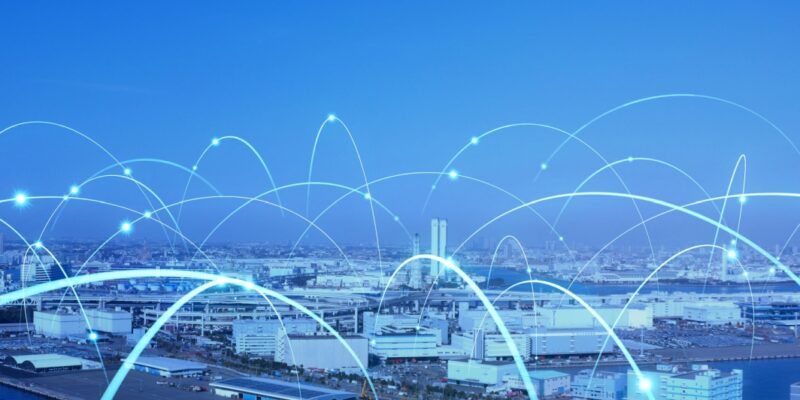Planning an event—whether it’s a corporate conference, music festival, or wedding—requires more than just vision and logistics. It demands fast, reliable communication between all parties involved. With teams often spread out across large venues and handling multiple tasks simultaneously, effective communication becomes critical to keeping the operation on track and running smoothly.
Wireless communication tools are essential for achieving that level of coordination. From real-time updates to emergency response, these tools help teams stay connected, respond quickly, and deliver a seamless event experience for guests and clients.
Two-Way Radios: The Cornerstone of Event Coordination
Two-way radios are the go-to communication tool for event professionals. Unlike smartphones, which can suffer from poor reception or battery drain, two-way radios offer instant push-to-talk functionality, reliable signal coverage, and extended battery life.
They allow team members—such as security, logistics, and catering—to communicate instantly and clearly, even in noisy environments. With programmable channels, you can assign different groups their own line of communication, reducing confusion and ensuring the right messages reach the right people.
Wireless Headsets and Earpieces
For events where discretion is important—such as weddings, awards shows, or conferences—wireless headsets and earpieces are a must. These tools allow team members to speak quietly and hear instructions without disrupting the ambiance or alerting guests.
Earpieces are especially popular with security staff, front-of-house teams, and stage crews who need to stay connected while maintaining a professional, low-profile appearance.
Repeaters and Signal Boosters
Large venues or outdoor event spaces can present coverage challenges. In these scenarios, signal repeaters and boosters help maintain a strong, uninterrupted connection across the entire site. They extend the reach of two-way radios, ensuring that remote areas like loading docks or parking lots remain connected.
This infrastructure is especially valuable for large-scale events such as concerts, marathons, and fairs, where coverage across a wide area is essential to maintain safety and logistics.
Mobile Command Centers
For multi-day events or those requiring on-the-fly coordination, mobile communication hubs or command centers provide a centralized way to monitor activity and direct operations. These can be outfitted with dashboards that track radio traffic, live feeds from surveillance cameras, and GPS locations of field teams or vehicles.
Having a mobile base of operations improves response time and supports efficient decision-making when things change on the fly—which they often do in the event world.
Emergency Communication Features
In the event of an emergency, instant communication is vital. Many professional-grade communication tools now come with emergency alert buttons, man-down features, and GPS tracking. These tools allow staff to signal for help discreetly or automatically if a fall or issue is detected, enabling swift action to keep everyone safe.
Apps and Digital Integration
While two-way radios remain the gold standard, many event planners are integrating smartphone apps and digital tools that work in tandem with their wireless systems. These might include scheduling platforms, team task checklists, and communication apps that link to radio systems or offer live text updates.
Digital tools provide a useful supplement for documentation and post-event analysis, though they should never replace mission-critical voice communication during the event itself.
The Value of Choosing the Right System
Choosing the right communication tools depends on the type of event, the layout of the venue, and the size of your team. In many cases, a combination of devices—such as radios, headsets, and boosters—delivers the best performance. Working with a professional communication provider can help tailor a solution that fits your specific needs, whether you’re hosting a private gala or a public festival.
Keeping Your Event Connected
Reliable, instant communication is what transforms a well-planned event into a flawlessly executed one. From coordinating crew movements to responding to unforeseen changes, wireless communication tools empower event planners to lead with confidence and precision.
By investing in the right mix of radios, accessories, and support systems, planners ensure that their team stays connected—no matter how large the venue or how complex the schedule. The result? A smoother operation, a safer environment, and a more enjoyable experience for everyone involved.
To explore professional wireless communication solutions for your next event, get in touch with the experts here.





